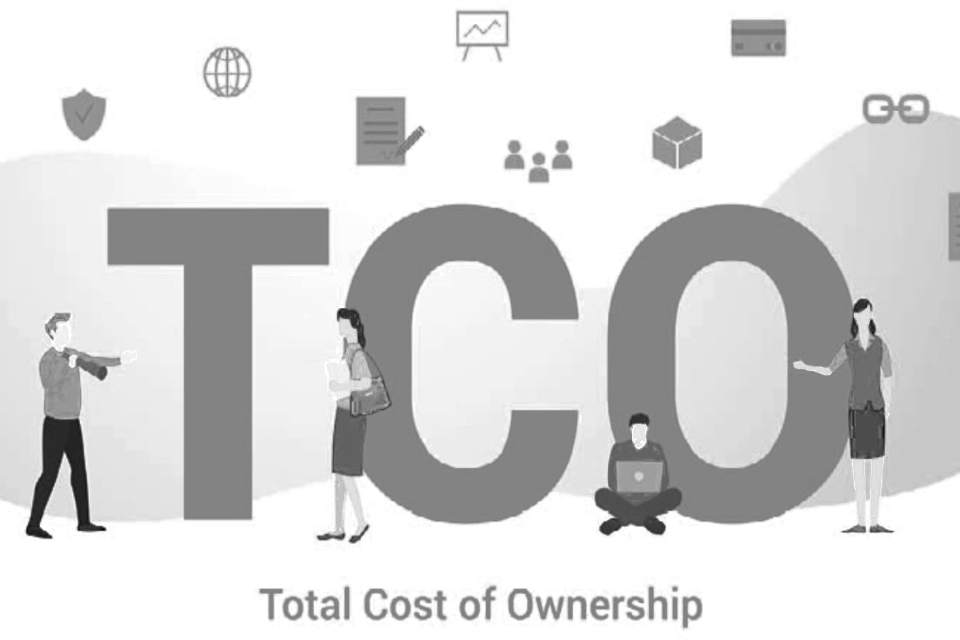There is a common belief that the cost of cloud services is higher in the long run than for your own data center, so clouds are more expensive. Without any magic, I want to calculate the total cost of ownership (TCO) for On-premises (private) and cloud IT infrastructure for three years using the example of a confirmed case of one of our clients. Let’s see who wins and whether it suddenly turns out that the cloud is more profitable.
Why Is It Important To Count TCO
TCO – costs associated with acquiring, implementing, and using an IT system. The Total Cost of Ownership calculation answers “How much does a particular IT infrastructure cost?”.
For large enterprise systems, the calculation includes many elements. There is no universal methodology, but there are general approaches to the estimate based on cost analysis: direct and indirect, capital and operational.
Step 1: Consider Direct And Indirect Costs
The leading IT services that make up the TSO:
- Data center (colocation or creation of a server room).
- Internet (connection of several providers).
- Server equipment.
- Network hardware.
- Storage.
- Information security equipment (crypto gateways, firewalls, etc.).
- Virtualization platform.
- Backup system.
- Additional software licenses (antivirus, Microsoft licenses, Citrix, and so on).
- Disaster recovery (duplication for two data centers, if required).
Let’s compare TCO for the cloud and On-premises on a specific example of the infrastructure of one of our clients, for which we made such a calculation.
Even in the cloud version, the customer still planned to organize a small data center and a server room and purchase servers to duplicate computing services at home. All this was required in a smaller volume than on-premises since 85% of the infrastructure is hosted in the cloud.
So, to compare TCO On-premises and clouds, let’s reduce computing resources to a common denominator – a reasonable amount of help received. Different names of resources will implement Cloud and On-premises requirements, but they will be selected in such a way as to provide similar functionality and SLA ultimately.
We compare our data center’s and the cloud’s costs over three years. In practice, you can take a longer time.
In our own data center, we consider the organization of a server room, the purchase of servers, storage systems, automatic telephone exchanges, and payment for electricity. We also budget for an increase in costs by 20% per year – to increase the capacity that the customer will need.
When calculating cloud costs, we consider the cost of a small in-house data center that the client needs and all necessary cloud resources, including fees for increasing capacity over time.
In the cloud, compared to the data center, there are fewer costs for the server room, the servers themselves, electricity, storage systems, and the same amount for PBXs and network equipment – after all, regardless of the number of servers, we need at least two network devices and more for network equipment for information security
In the data center, it is required to protect one point (the data center itself), and in the cloud, two issues: the provider’s data center and the company’s office.








